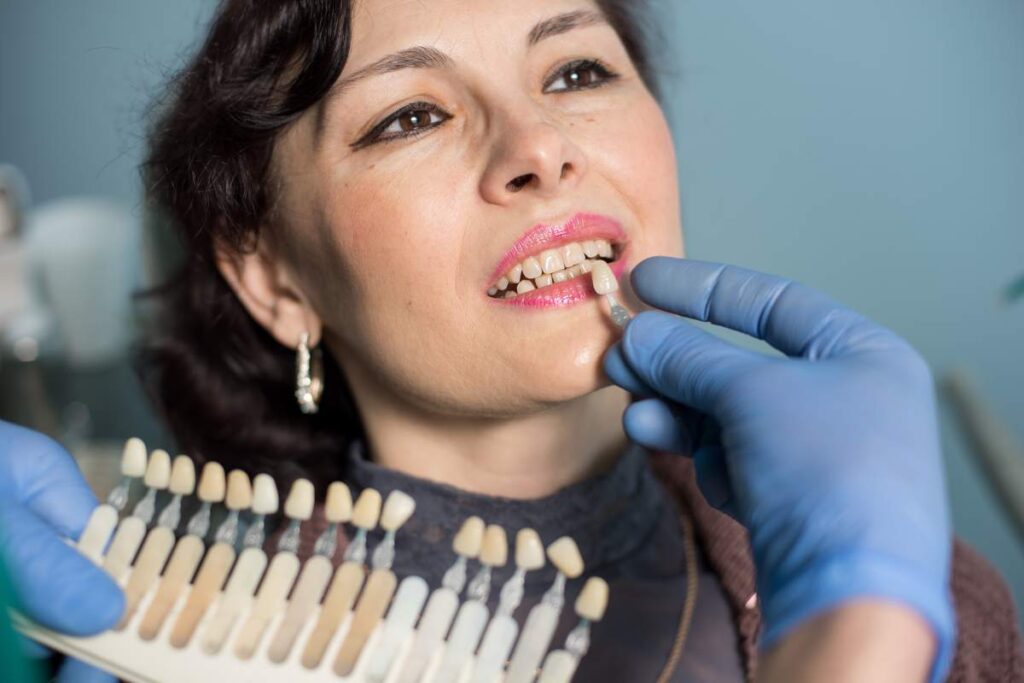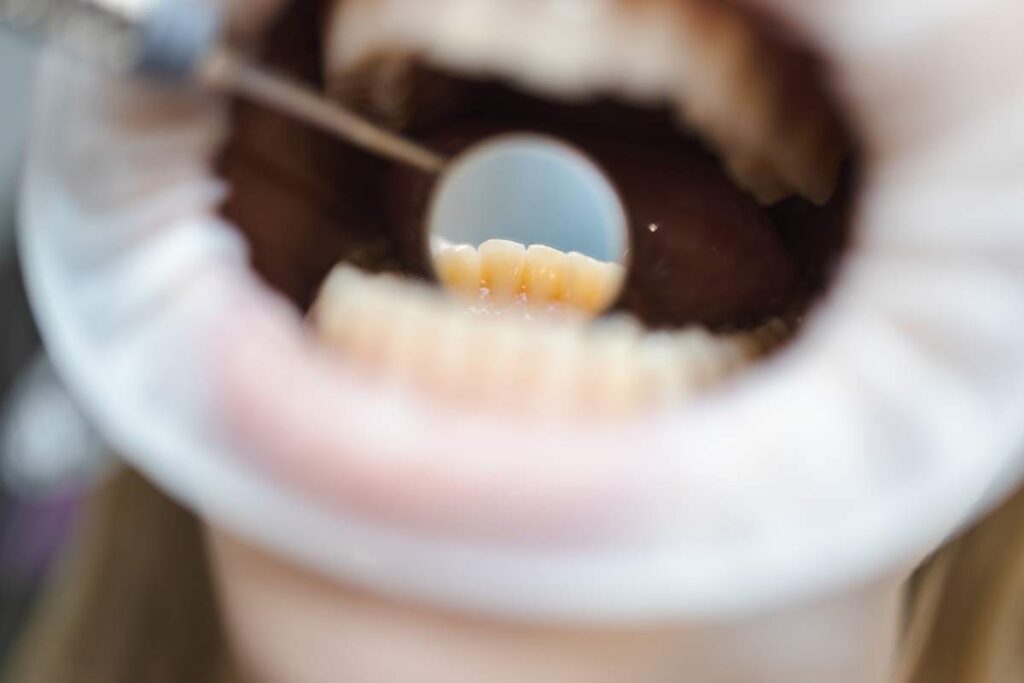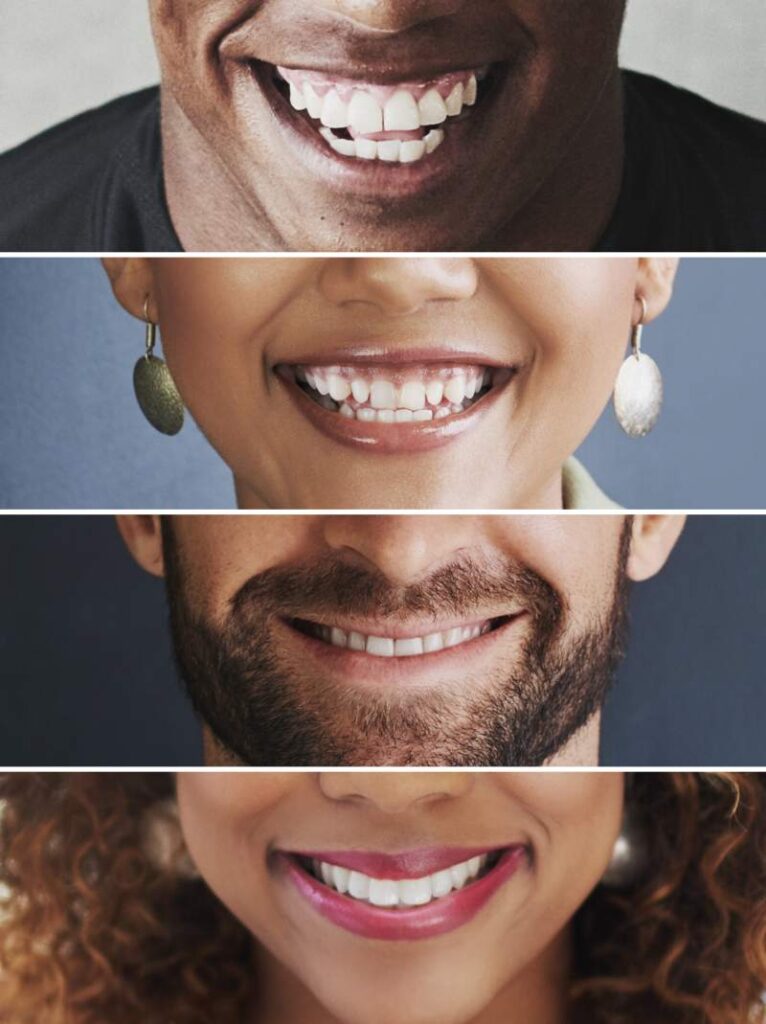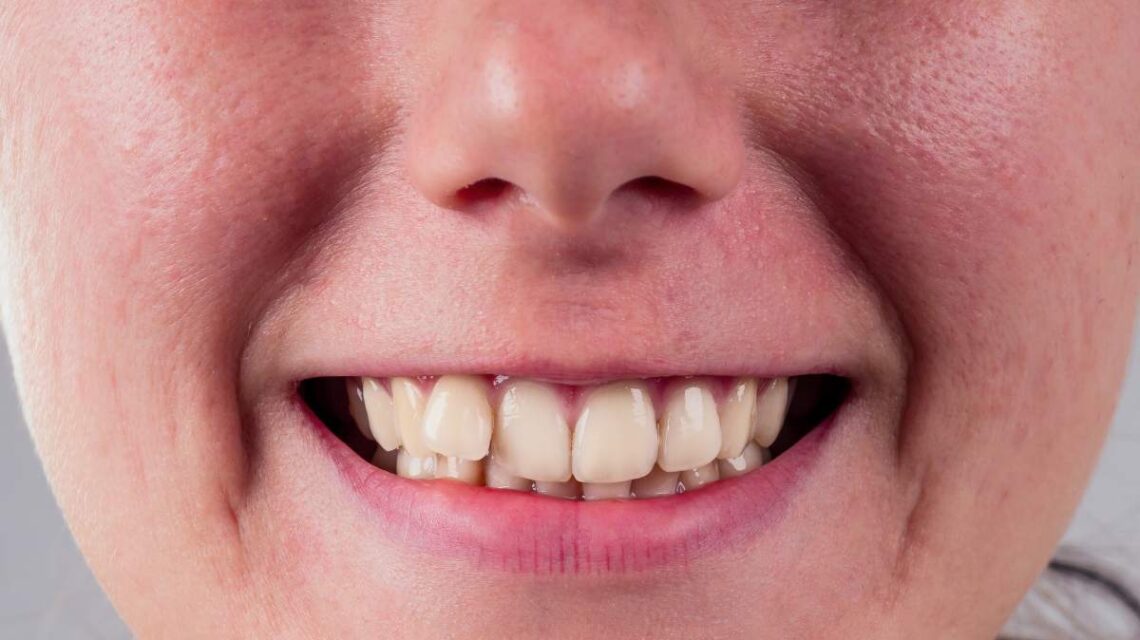Teeth play an important role in our overall appearance, self-esteem, and health. One common concern people have is about the colour of their teeth. The bright, white smiles seen in ads and social media often make people question whether their yellowish teeth are abnormal or unhealthy.
In reality, teeth naturally vary in colour and a range of factors contribute to this variation. But is it necessary to whiten yellow teeth?
In this article, we will explore the causes of yellow teeth, whether it’s normal to have them, and whether whitening is the best choice.
Why Are Teeth Yellow?
There are several reasons why teeth can have a yellow tint, and it doesn’t necessarily mean they are unhealthy. Let’s break down some of the most common causes:
1. Natural Enamel Color
The outermost layer of the teeth, known as enamel, is naturally semi-translucent. Underneath the enamel is a layer of dentin, which is typically yellowish in colour. Some people naturally have thinner enamel or thicker dentin, which can make their teeth appear more yellow. Genetics plays a significant role in the thickness and colour of the enamel, meaning that even with perfect oral hygiene, some people will always have teeth that lean toward yellow or off-white.
2. Aging
As we age, enamel wears down, exposing more of the yellow dentin underneath. This process is gradual but unavoidable. While yellow teeth in older adults are normal, this can sometimes make people self-conscious about their smile, leading them to seek whitening solutions.
3. Food and Drink Stains
Some foods and beverages are notorious for causing teeth stains. Coffee, tea, red wine, and certain fruits (like berries) contain pigments that can cling to enamel and cause discolouration over time. Additionally, acidic foods and drinks can erode enamel, making it easier for stains to set in. Even if you brush regularly, these foods and drinks can contribute to yellowing.

4. Smoking and Tobacco Use
Tobacco is one of the leading causes of yellow and stained teeth. The nicotine and tar in cigarettes settle into the tiny pores of the enamel, causing discolouration. These stains can be especially difficult to remove through regular brushing alone.
5. Poor Oral Hygiene
Failing to brush and floss regularly allows plaque and tartar to build up on teeth, which can lead to yellowing. Plaque, the soft sticky film on teeth, can harden into tartar if not removed, further contributing to discolouration. Poor dental hygiene can also lead to cavities and gum disease, which can affect both the appearance and health of your teeth.
6. Medications
Certain medications, especially during childhood when teeth are still developing, can cause teeth to appear yellow or even grey. For example, antibiotics like tetracycline can lead to permanent discolouration. Additionally, some antihistamines, blood pressure medications, and chemotherapy treatments can contribute to yellowing.
7. Fluorosis
Excessive fluoride intake during childhood can lead to a condition called fluorosis, which causes discolouration of the enamel. While typically mild and purely cosmetic, more severe cases can result in brown or yellow stains.
Is Having Yellow Teeth a Problem?
Having yellow teeth is not necessarily a problem from a health perspective. If your teeth are yellow due to genetics, ageing, or mild staining, they may still be perfectly healthy. However, in some cases, yellowing can be a sign of underlying oral health issues such as:
- Enamel Erosion: If your enamel is wearing down too quickly due to acid exposure or grinding, it can lead to increased tooth sensitivity and cavities.
- Poor Oral Hygiene: Yellow teeth may be a sign of plaque buildup, which can lead to gum disease and tooth decay if not addressed.
While yellow teeth aren’t always a cause for concern, if you notice other symptoms like tooth sensitivity, bad breath, or bleeding gums, it’s essential to see a dentist to rule out any potential issues.

Should You Whiten Your Teeth?
Now that we know why teeth can be yellow and that it’s often normal, the next question is whether or not you should whiten them. The decision to whiten your teeth is a personal one, based on aesthetics rather than necessity. Here are some factors to consider:
1. Cosmetic Confidence
If you feel self-conscious about the colour of your teeth, whitening may boost your confidence. A brighter, whiter smile is often associated with youth and health, and many people find that it improves their overall appearance. If yellow teeth are making you hesitant to smile or talk in social situations, whitening might be worth considering.
2. Potential Risks

Teeth whitening, whether done at home or professionally, is generally safe, but it does come with some risks. The most common side effect is tooth sensitivity. Whitening products can cause temporary sensitivity, especially in people who already have sensitive teeth. Additionally, overuse of whitening products can erode enamel over time, making teeth more vulnerable to cavities and sensitivity.
Some people may also experience gum irritation if the whitening agent comes into contact with the soft tissue in the mouth. It’s crucial to follow instructions carefully and consult with your dentist before starting any whitening regimen.
3. Effectiveness
Not all teeth whiten equally. Whitening is most effective on surface stains caused by food, drink, or smoking. Teeth that are yellow due to genetics, ageing, or medications may not respond as well to whitening treatments. In these cases, the results may be less dramatic, or you may need multiple treatments to achieve the desired outcome.
4. Cost
Teeth whitening can be done at home with over-the-counter products like whitening strips and gels or professionally by a dentist. The cost of these options can vary widely. Professional whitening treatments tend to be more expensive but are also more effective and longer-lasting. At-home kits are cheaper but may require more frequent use to maintain results.
Alternatives to Teeth Whitening
If whitening doesn’t seem like the right option for you, there are other ways to improve the appearance of your teeth:
1. Good Oral Hygiene
Brushing and flossing regularly can help prevent further yellowing. Using toothpaste specifically designed for whitening can also remove surface stains over time, though it may not produce dramatic results.
2. Dental Cleaning
Regular professional dental cleanings can remove plaque and tartar buildup, which contributes to yellowing. While cleanings won’t change the natural colour of your teeth, they can make your smile appear brighter.
3. Veneers or Bonding
For those with severe discolouration that doesn’t respond to whitening treatments, dental veneers or bonding may be a solution. Veneers are thin shells placed over the teeth to give them a white, even appearance, while bonding uses tooth-coloured resin to cover discoloured areas. These are more permanent solutions but come with higher costs.
Conclusion
Yellow teeth are normal for many people, and the underlying cause of the discolouration can vary. In most cases, yellow teeth aren’t a sign of poor health, and whether or not you should whiten them depends on your personal preferences and cosmetic goals.
If you’re considering whitening your teeth, it’s important to weigh the pros and cons, including the potential risks of sensitivity and enamel damage. Always consult with a dentist to determine the best and safest option for you.
Remember, the goal should always be healthy teeth first, and then aesthetic improvements can follow based on your comfort level. Yellow teeth don’t necessarily mean unhealthy teeth, and you don’t have to pursue whitening unless it will boost your confidence or make you feel better about your smile.



